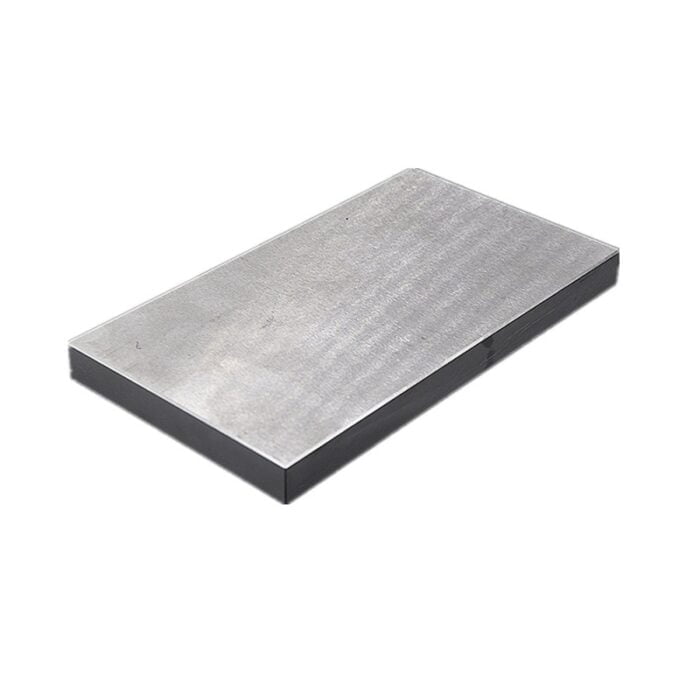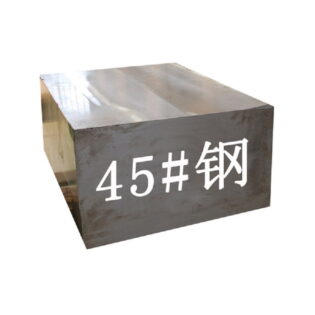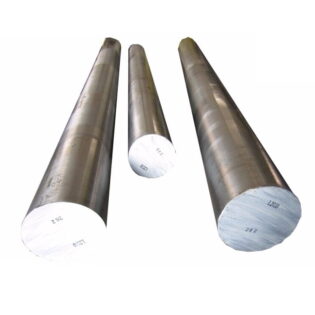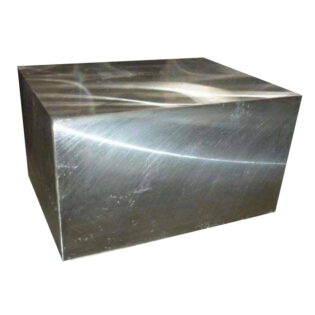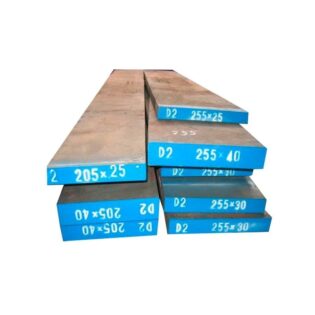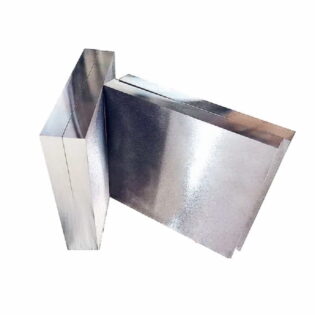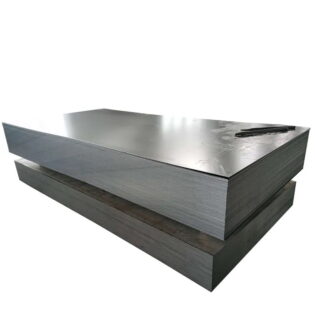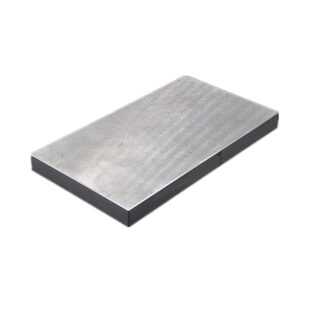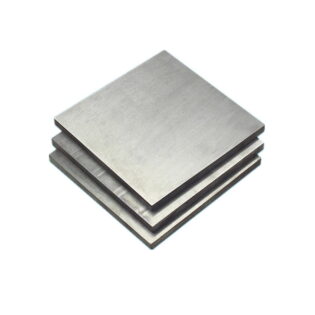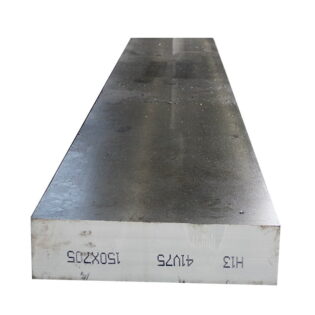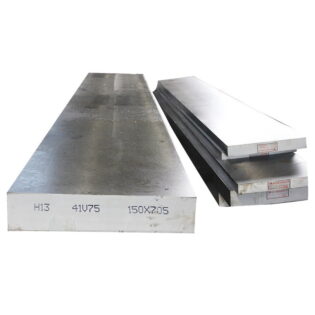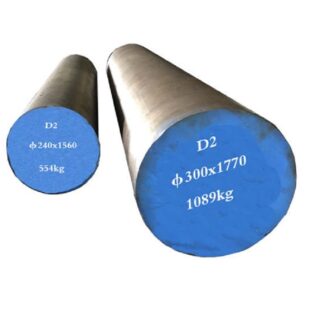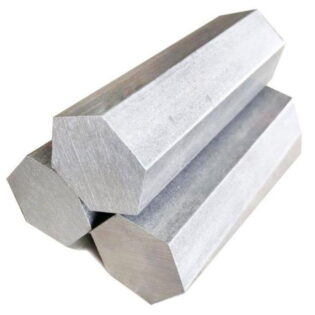Cr12MoV Description
Cold work die steel, steel hardenability, quenching temper hardness, wear resistance, strength are higher than Cr12. Various cold stamping dies and tools with complex shapes and heavy working conditions, such as punching die, edge cutting die, edge rolling die, steel plate deep drawing die, circular saw, standard tools and gauges, thread rolling die, etc.
- Grade: Cr12MoV
- Application: Cold work mould
- Hardness: 255 ~ 207 HBW
- Standard: GB/T 1299-2000
- Indentation diameter: 3.8 ~4.2mm
Cr12MoV Examples of Typical Applications
(Cr12MoV)Cold work die steel, steel hardenability, quenching temper hardness, wear resistance, strength are higher than Cr12.
- The steel can be used to make material thickness >3mm punching die complex shape of convex touch concave touch inserts.The recommended hardness is 58~62HRC when making convex touch and 60 ~64HRC when making concave die.
- used for the production of punching die in the requirements of wear-resistant concave touch punch punch, the recommended hardness for the production of punch 60~62HRC, the recommended hardness for the production of concave die 62~64HRC.
- It is used to make the concave die in the deep drawing die, and the hardness is recommended to be 62 ~64HRC.
- used for the production of bending die in the requirements of wear-resistant shape of punch die and insert punch, the recommended hardness of 60~64HRC punch, the production of die hardness of 60~64HRC.
- for the production of aluminum parts of the cold extrusion of the punch die concave die making punch recommended hardness of 60~62HRC, the production of the concave die recommended hardness of 62-64HRC.
- for the production of copper parts cold extrusion die punch die, the recommended use of hardness of 62~64HRC.
- for steel parts cold extrusion die punch die concave die, the use of hardness is 62~64HRC.
- for forming the mass fraction of carbon for 0.65% ~0.80% of the spring plate.Hardness is 37 ~42HRC, the service life can reach 150,000 times.
- used to form the mass fraction of carbon for 0.65%~0.80% of the spring steel plate, hardness of 37~42HRC, and additional nitriding treatment, the service life can reach 400,000 times.
- the steel used to rub silk touch, such as using simple forging forming, carbide is not uniformity for 5 ~ 6 grade, thread rolling die service life is very short, it’s easy to have a tooth But when using the multidirectional forging process repeatedly, make the carbide is not uniformity when reduced to not less than 2, if the service life of wire plate will be used by the thousands of before 20000, even as high as 500000The steel can be used to process the screw die of 20Mn steel parts.
Cr12MoV Material properties
- Cr12MoV steel is carbon molybdenum ledeburitic steel.
- The carbon content of Cr12 steel is much lower, and the addition of molybdenum and vanadium makes the hot working property, impact toughness and carbide distribution of the steel improved obviously.
- The steel has good wear resistance, hardenability, hardenability, strength and toughness, thermal stability, compressive strength, as well as microdeformation, excellent performance and a wide range of adaptability.
- The softening temperature is 520°C.
- Cut length below 4mm can be completely quenched, the wear resistance of the steel shares low steel 3~4 times, quenching volume deformation. Hardening depth: oil quenching 200~300mm.
- During the crystallization process, eutectic network carbides (in which the carbon content is about 20% and the eutectic temperature is about 1150°C) are formed.
- These carbides are very hard and brittle.
- Although there is a certain degree of broken carbide, but along the rolling direction of the carbide belt, network, block, piled up distribution, segregation degree with the steel diameter increased.
Cr12MoV Chemical Component
| C(%) | Si(%) | Mn(%) | P(%) | S(%) | Cr(%) | Ni(%) | Mo(%) | V(%) | Cu(%) |
| 1.45~1.70 | ≤0.40 | ≤0.40 | ≤0.030 | ≤0.030 | 11.00~12.50 | ≤0.20 | 0.40~0.60 | 0.15~0.30 | ≤0.30 |
Cr12MoV Process Specification
- Specification for softening of cold extrusion rough.
- Using raw iron scraps to protect and heat, temperature 760~780°C, time 10h, furnace cold, hardness L96HBW, can be successfully realized cold extrusion forming.
- Specification for ordinary isothermal spheroidizing annealing.
- 850~870°C×3~4h, with the furnace cooling to 740~760°C×4~5h isothermal, the air cooling hardness of the furnace is less than 241HbW, eutectic carbide grade is less than or equal to grade 3.
- The optimal isothermal temperature is 740~ 760°C and the time is ≥4 ~5h.
- Specification for spheroidizing annealing.
- °C(860 + 1 u) x 2 ~ 4 h, at 30°C/h speed furnace cold, (740 +) 10°C x4-6 h, with the slow cooling furnace to 500 ~ 600°C, from air cooling. Hardness 207 ~255HBW.
- Specification for ordinary quenching and tempering.
- Quenching temperature 1000~1050°C, oil quenching or gas quenching, hardness 260HRC; Tempering temperature 160~180, tempering time 2h, or tempering temperature 325~375°C, tempering 2~3 times
Cr12MoV Heat Treatment
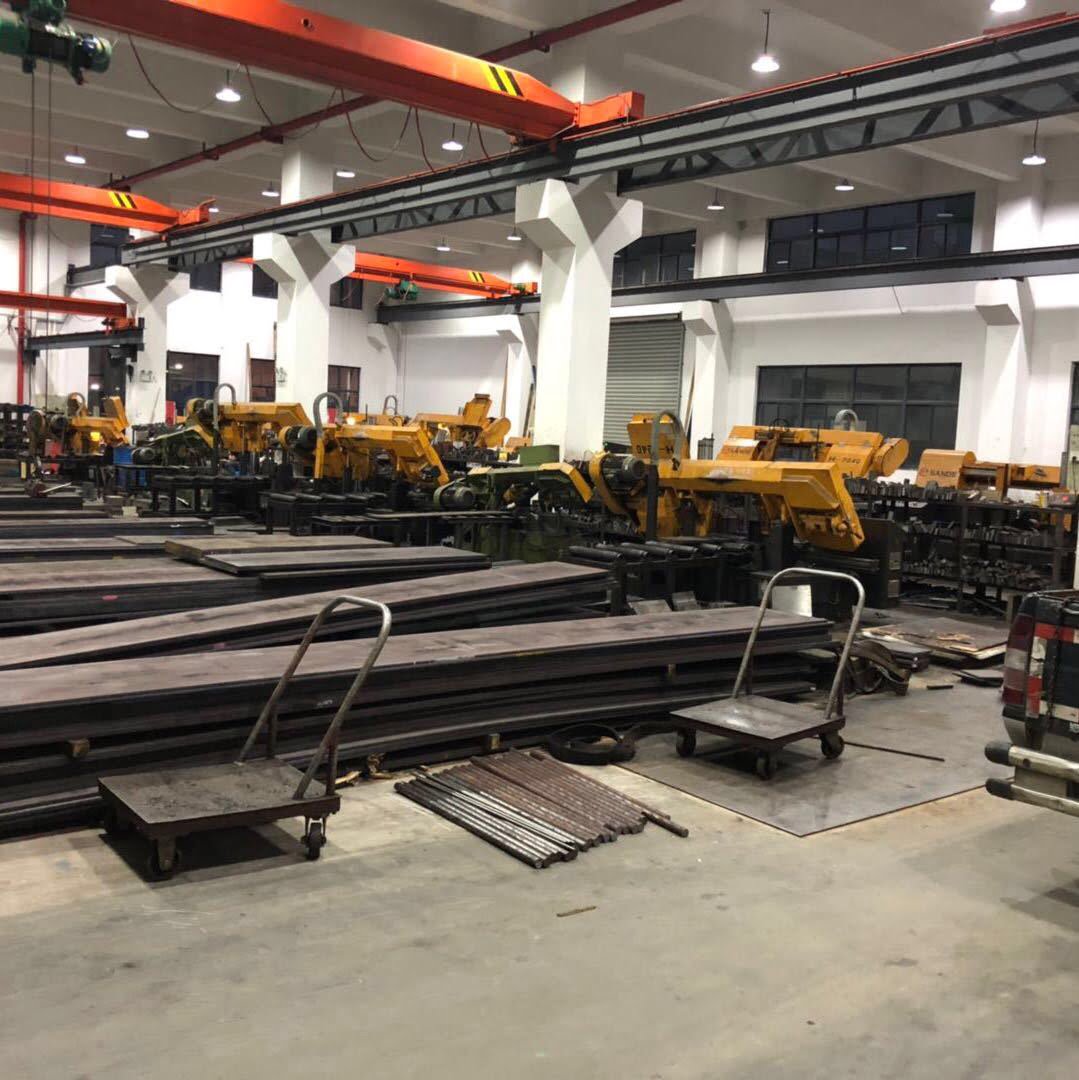
- low quenching and low return: quenching temperature is 950°C~1040°C, tempering temperature is about 200°C, secondary tempering
- high quenching and high return: quenching temperature is 1050~1100°C, tempering temperature is about 520°C, secondary tempering
- High quenching and high return use the secondary hardening method, thus improving the hardness, but the grain size will grow.
Cr12MoV Subzero Treatment
- Cr12MoV steel after cryogenic treatment, cryogenic treatment can make quenched martensite precipitate highly dispersed ultrafine carbides, and then tempering at 200°C, these ultrafine carbides can be transformed into carbides.
- The martensite without cryogenic treatment only precipitates a small amount of carbides in some local areas after peri-firing at low temperature. Cr12MoV is treated by low temperature chemical heat treatment.
- On the basis of maintaining the high hardness and wear resistance of Cr12MoV steel, the adhesive resistance of the infiltration layer commonly used in ion nitriding, gas nitriding and salt bath thiocyanate co-penetration is obtained.
- The three kinds of low temperature chemical heat treatment infiltration layers all have significant impact resistance adhesion effect, especially the salt bath thiocyanate co-infiltration is the best. After gas nitride carburizing treatment, the service life of Cr12MoV steel stainless steel mould reaches more than 30,000 pieces, which is more than 10 times longer than that of similar mould with conventional quenching and tempering treatment.
Cr12MoV Hard Coating
In order to increase the die life to more than 800 thousand die times, the hardening mode of quenching and low temperature tempering can be implemented for the prehardened steel.When quenching, preheat at 500-600°C for 2-4 hours, and then hold heat at 850-880°C for a certain time (at least 2 hours), put in oil to cool to 50-100°C oil air cooling, quenching hardness can reach 50-52HRC, in order to prevent cracking should be immediately carried out 200℃ low temperature tempering treatment, after tempering,Hardness can maintain more than 48HRC tempering.
| Project | Hardening Heat/°C | Application | Heating Temperature/°C | Media | HRC |
| ⅠⅡⅢ | 1020~1040 | Eliminating stress Remove stress and reduce hardness Remove stress and reduce hardness | 150~170 200~275 400~425 | Oil or nitrate– | 61~63 57~59 55~57 |
| Ⅳ ⅤⅥ | 1115~1130 | Removal of stress and formation of secondary hardening Removal of stress and formation of secondary hardening | 510~520℃ Multiple Tempering | — | 60~61 60~61 61~6 |
Cr12MoV Quenching
Program | First preheating/°C | Second preheating/°C | Quenching temperature /°C | Cool down | Hardness (HRC) | |||
Medium | Medium temperature/°C | Cool in the medium | Subsequently | |||||
Ⅰ Ⅱ Ⅲ Ⅳ Ⅴ | 550~660 | 840~860 | 950~1000 1020~1040 1020~1040 1115~1130 1115~1130 | Oil Oil Molten Nitrate Oil Molten Nitrate | 20~60 20~60 400~550 20~60 400~450 | To room temperature To oil temperature 5~10min To oil temperature 5~10min | Air cooling | 58~62 62~63 62~63 42~50 42~50 |
Note:
- Schemes Ⅱ, can be used to obtain high mechanical properties and small deformation of the workpiece, such as thread roller, screw rubbing board, complex shape by impact load die, etc.
- Plan Ⅳ, is used to obtain red hardness and wear resistance of the workpiece, but the mechanical properties are poor, size deformation is large, such as 450℃ below the work of hot die, etc.;
- This steel is sensitive to decarburization, and salt baths used for preheating and heating must be sufficiently deoxidized before use; If the workpiece is heated in the ordinary electric furnace, it can be loaded into the box and filled with carburizing agent or pig iron powder (there may be a little carburizing phenomenon in the workpiece at this time, and the hardness can increase HRC1~2).
The proportion of microstructure in the quenched state
| Quenching Scheme | Cooling | Carbide/% | Martensite/% | Austenite/% |
| Ⅰ、Ⅱ | Oil,Nitrate | 12 | 73~68 | 20~23 |

